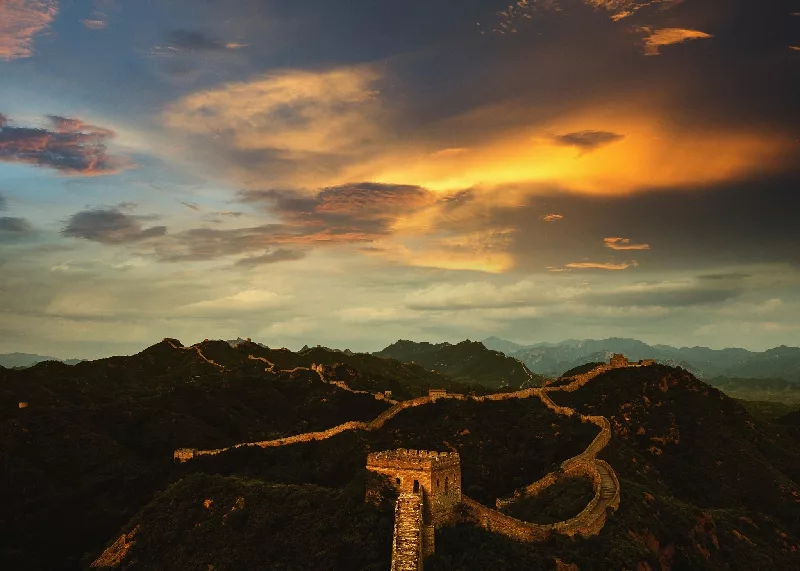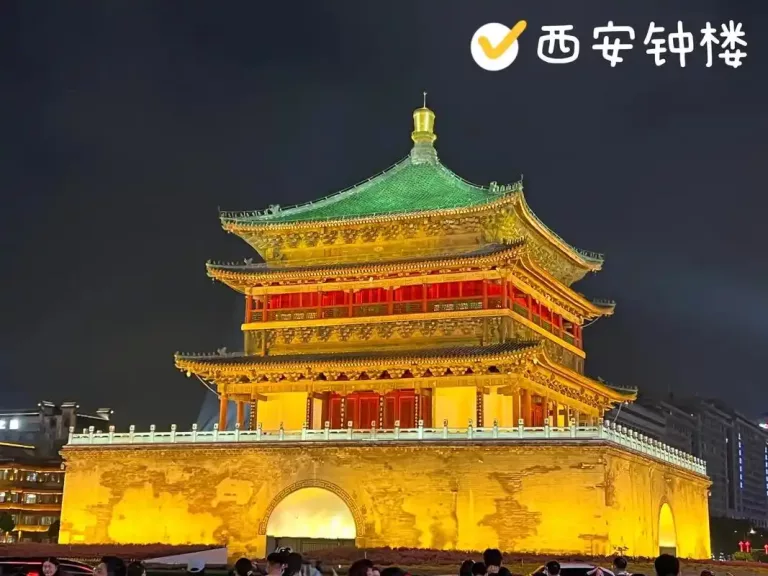Introduction
Exploring the Great Wall of China ranks among the world's most iconic travel experiences. Spanning over 13,000 miles across rugged mountains and historical battlefields, this UNESCO World Heritage Site offers more than just photo opportunities - it's a journey through 2,300 years of Chinese history. In this practical guide, we'll break down everything American travelers need to know to successfully explore the Great Wall, from choosing the best sections to understanding its cultural significance.

1. Choosing Your Great Wall Adventure
Not all sections of the wall offer the same experience. For first-time visitors exploring the Great Wall:
- Mutianyu (Most Family-Friendly): Features cable cars and restored watchtowers (90min from Beijing)
- Jiankou (Wild Hikers' Choice): Unrestored "wild wall" with steep climbs
- Badaling (Most Accessible): Fully restored but crowded section
- Jinshanling (Best Sunrise Views): Popular for overnight camping
Pro Tip: Combine Mutianyu's convenience with Jiankou's ruggedness for a 2-day adventure.
2. Transportation Made Simple: Beijing to Great Wall
(Secondary keyword: "How to Get to the Great Wall from Beijing")
American travelers have three main options:
- Private Driver ($60-$80 round trip) - Best for groups of 4+
- Public Bus ($2-$4 each way) - Requires Chinese navigation skills
- Organized Tour ($30-$120) - Includes English-speaking guides
Download "Didi" (China's Uber) or "Amap" for real-time navigation.
3. Essential Packing List for Wall Exploration
Prepare like a pro with these items:
- Sturdy hiking shoes (average 4,000 steps on uneven surfaces)
- UV-protection gear (limited shade on exposed walls)
- Portable charger (no outlets in remote sections)
- Physical RMB cash (most vendors don't accept foreign cards)
4. Navigating the Wall: A Mile-by-Mile Breakdown
(LSI keyword: "Great Wall hiking routes")
For a 3-hour Mutianyu hike:
- Start at Tower 6 (cable car drop-off)
- Climb to Tower 20 (steepest section)
- Return via toboggan slide (additional $15)
Wild Wall Warning: Jiankou's "Sky Stairs" require scrambling up 80° inclines - not for acrophobics!

5. Capturing Instagram-Worthy Shots
Professional photographers recommend:
- Golden Hour: 5:30-6:30 AM (avoid afternoon haze)
- Best Vantage Points: Watchtower 15 at Mutianyu
- Creative Angles: Shoot through arrow slits for framed compositions
6. Understanding Wall's Cultural Significance
(Semantic keyword: "Great Wall historical context")
Key facts to appreciate your visit:
- Construction Period: 7th century BC - 17th century AD
- Primary Purpose: Mongol invasion defense system
- Human Cost: Estimated 400,000 workers died during construction
7. Local Etiquette: Do's and Don'ts
Respect cultural norms while exploring:
✅ Do: Remove hats when entering watchtowers (sign of respect)
❌ Don't: Write graffiti (fines up to $15,000 USD)
🗣️ Learn: Basic Mandarin phrases like "Nǐ hǎo" (Hello)
8. Post-Hike Recovery: Beijing's Best Massage Spots
Recover after exploring the Great Wall at:
- Dragonfly Therapeutic Retreat (Western-style deep tissue)
- Taipan Spa (Traditional Chinese Tui Na)
- Oriental Health Center (Foot reflexology specialists)
Conclusion: Making Your Great Wall Journey Unique
Whether you're conquering steep watchtowers at sunrise or tracing the wall's serpentine path through misty mountains, exploring the Great Wall becomes what you make of it. Remember: the best experiences often come from unexpected moments - maybe a shared tea with local farmers or tracing centuries-old stone carvings. Ready to start planning? Check our updated 2024 China Visa Guide for American citizens.





